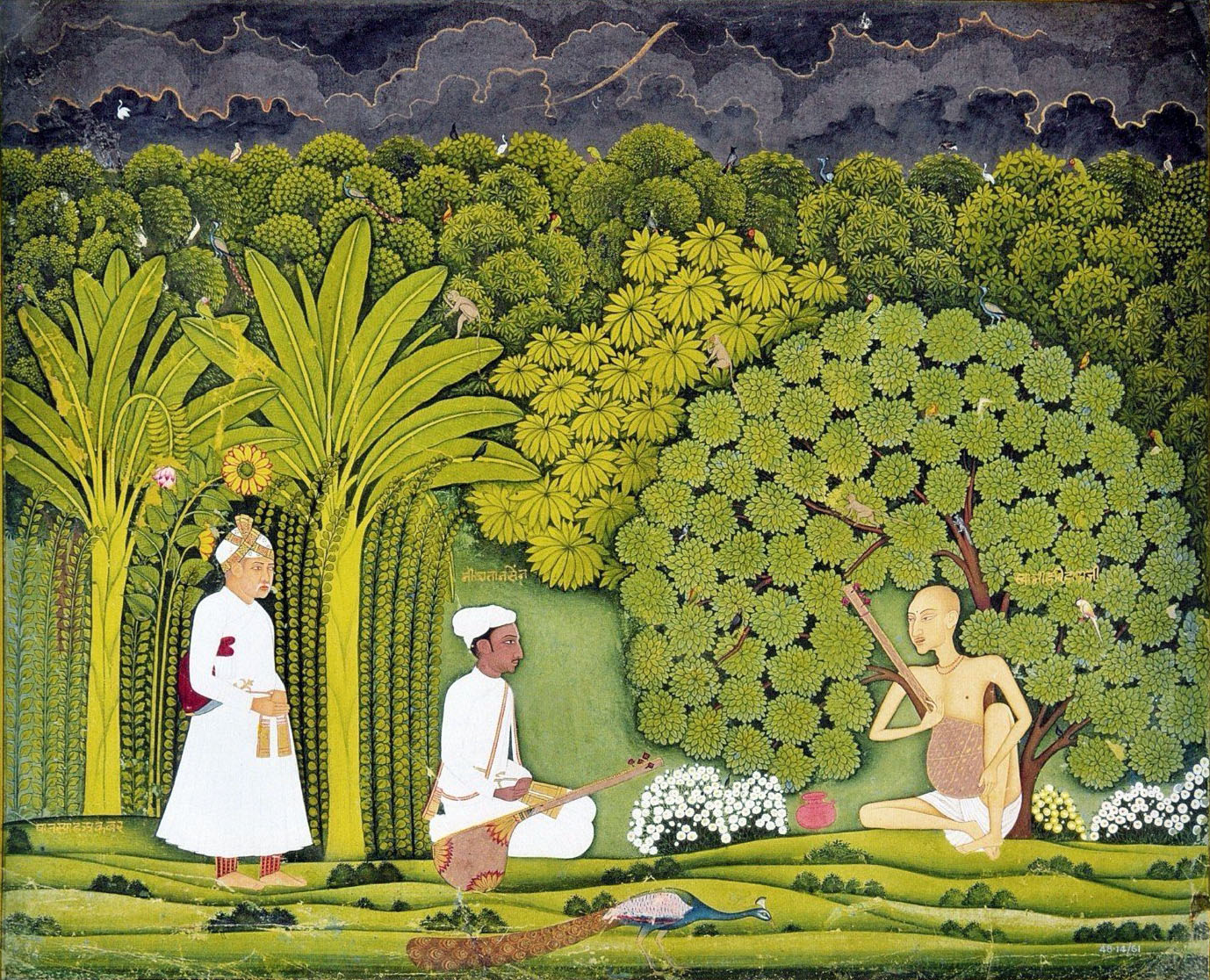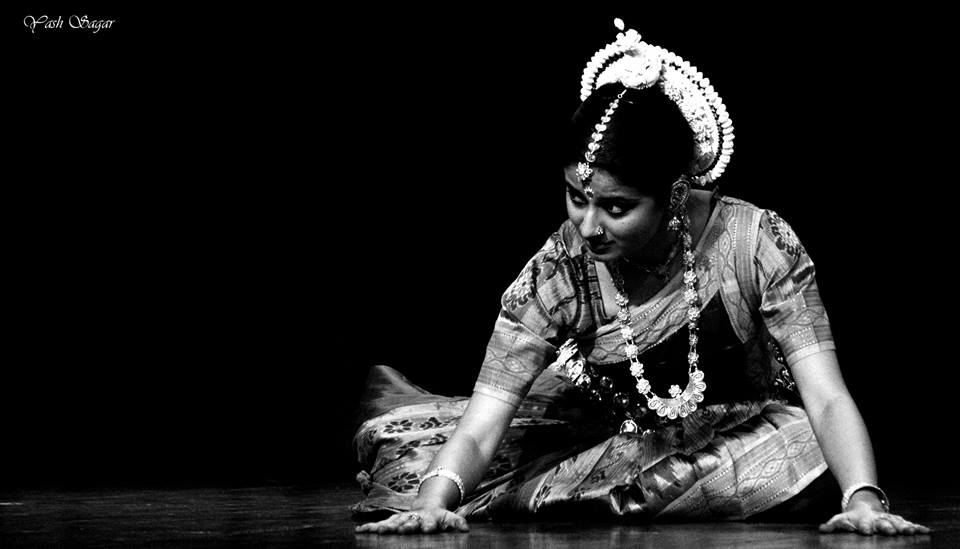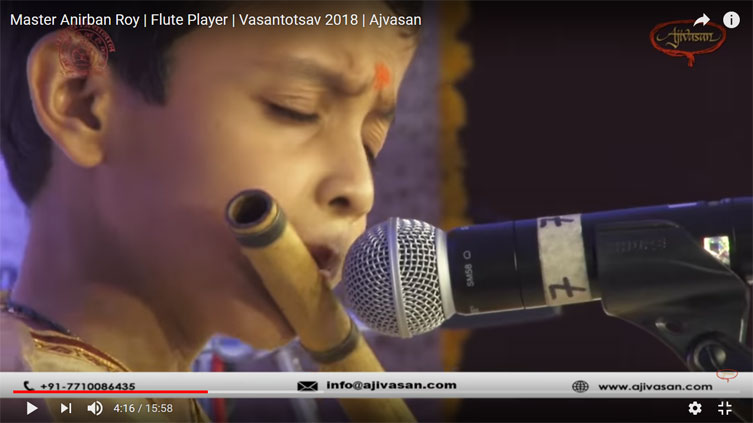Most pluralistic societies grapple with gaps between espoused values and explicit ones. This applies to the values related to identities as well. The multiplicity of identities experienced by an individual is not just a source of inner conflict but often a reason for conflict with the larger community. Gender identities, which in turn interact with identities of community, often define the relative respect or life chances for the individual. The complexity of the situation further increases if the gender roles as performed by the individual are often in conflict with the wider social view about the roles of a person of a particular gender. While a genderqueer person who challenges the widely held man-woman classification may face exclusion, it is no less a challenge for those who only enact the roles of another gender in traditional theatre. The instances of challenges related to gender identity for men playing female roles in theatre and dance forms like jatra, shumang leela, yakshagana or kuchipudi are manifest in many ways.
Gender, as Judith Butler has pointed out, relates to performativity. The man or a woman is expected to perform certain roles and act in a particular way to be accepted as a right representative of their gender. Any digression from the same is perhaps not easily accepted and often the possible acceptance would be through giving a marginal position in the society. In the Indian context, this situation is encountered even by those challenging the gender stereotype on the stage.
The reasons of challenges are not far to seek. Female roles in all male theatre and dance forms often go to those males who are perceived to be ‘nubile’ or genderqueer. For example, in shumang leela, the nupi sabi or the male playing the female role is selected for his soft look and is inducted into the art at a young age. These actors do not have as long a career as the males playing male roles since the former loses good roles as the markers of masculinity become more manifest and the nubile side recedes. Similarly the singers in jogappa tradition that refers to boys identifying as females and dedicated to the Goddess Yelamma often are discriminated against or often exploited due to the genderqueer identity. Secondly the female roles often tend to extend to other back-stage or non-work situations as well. This phenomenon has been documented by some observers and often represented in movies based on these art forms. Additionally, in a society marked strong heteronormative, caste and patriarchal the actors often belonging to a lower caste of folk artists are already at the margins. Being in female roles makes them even more marginal in social relations.
The impact of the above factors can be seen in many ways. This could relate to difference in remuneration vis-à-vis artists playing male roles. This is a common challenge cited with respect to nupi sabis. It also relates to limited acceptance within the family which often dissociates itself from the male artists playing female roles due to social pressures. Sexual exploitation is such cases are often reported. It is hence to the credit of these artists that they continue to practice their art despite the pressures to conform to gender roles. The struggle is often a lonely one where even the co-artists playing male roles may show acceptance.
Challenging gender roles is a difficult proposition in any society. However the paradox in the case of male artists playing female roles lies in encouraging them to take up the female roles while concurrently mocking at the actors. The situation has not changed despite the contemporary upsurge of queer movements and even the affirmative voices emerging from the courts and government bodies to support those who challenge gender stereotypes. The male playing female role is often outside of the radar of the policymakers and interpreters. It is hence a long way to find acceptance and respect for these artists.










